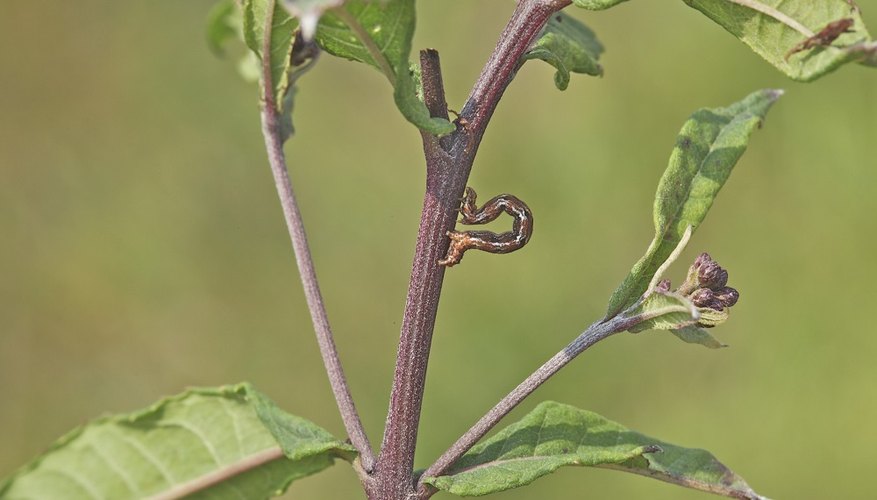Geometridae is the official name of the family of caterpillars that look like twigs or sticks. The colour and markings on these caterpillars allow them to blend in with trees such that people and predators mistake them for part of the branches. The Geometridae includes more than 300 species of moth caterpillars.
Habitat
Geometridae caterpillars are commonly found in wet habitats, such as bogs and woodlands. These areas are conducive for the stick-like caterpillars because they contain dense trees, offering ample protection and food. Stick caterpillars rest on the trunks and branches of trees during the day. The stick caterpillar's primary distribution includes Central Europe and across to Asia Minor, according to National Museums Northern Ireland.
- Geometridae caterpillars are commonly found in wet habitats, such as bogs and woodlands.
- These areas are conducive for the stick-like caterpillars because they contain dense trees, offering ample protection and food.
Types
Some of the well-known stick caterpillars from the Geometridae family include Feathered Thorns, Brindled Beauties and Scalloped Hazel caterpillars. These varieties are unique in their own way, but still all resemble sticks or twigs on tree branches.
Physical Features
Stick caterpillars are brown or brownish-red with occasional darker markings on them. They are thin and long, similar to how sticks and twigs look. Additionally, these caterpillars have warts and other types of knots on them to enhance their stick-like appearance.
Mobility
The caterpillars in the family grouping Geometridae have two pairs of prolegs and no legs on the abdomen. As such, in order for the caterpillars to move forward they have to loop themselves up and then straighten out again, which is how they got the nickname "loopers."
